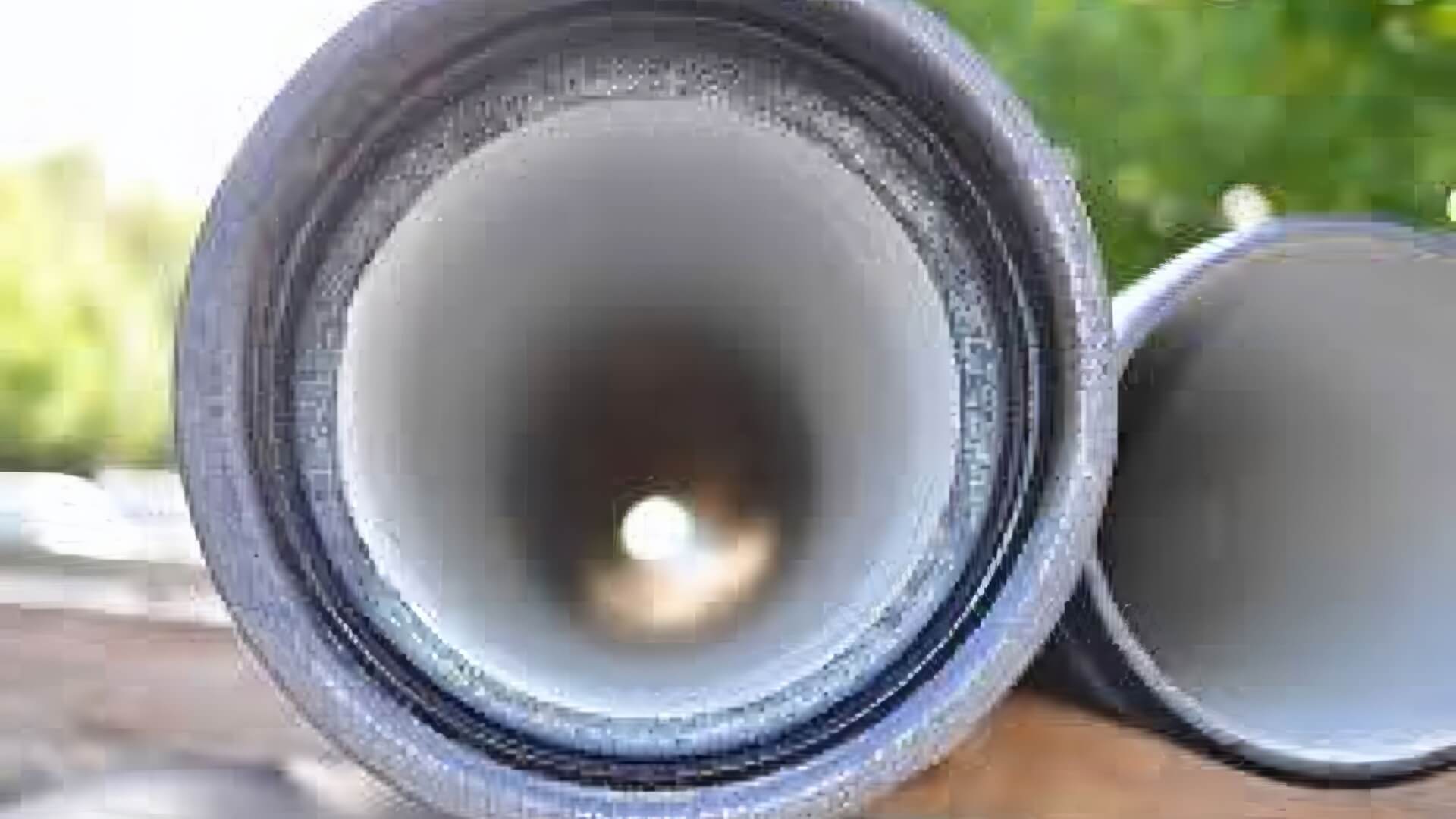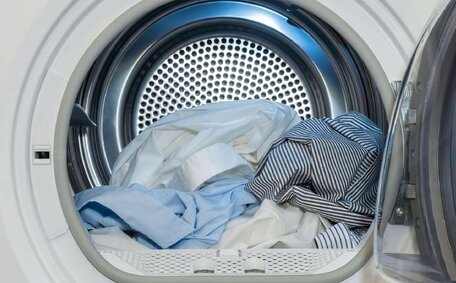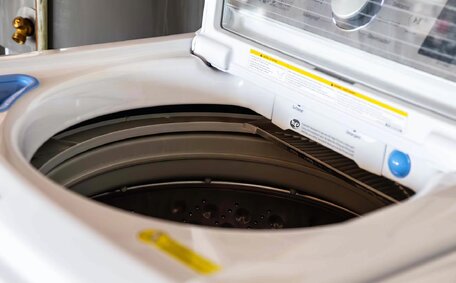Introduction to Gas Pipeline Lifespans
Gas pipelines play a crucial role in supplying homes and businesses with natural gas for heating, cooking, and more. However, like any infrastructure, pipelines have a finite lifespan and will eventually need replacing. Understanding what impacts a gas pipeline’s durability can help Oatlands residents and business owners make informed decisions regarding their gas systems.
This guide from the experts at Oatlands Plumbing will explain the key factors affecting pipeline lifespan, provide an overview of average gas pipeline durability, and offer tips on inspection, maintenance, and knowing when an old pipeline needs to be replaced.
By grasping how long a pipeline would typically last, you can better strategise for future system enhancements and sidestep emergency pipe failures or gas leaks.
Whether you need your existing gas pipelines inspected or are considering an upgrade to your property’s gas infrastructure, Oatlands Plumbing has the experience to help. Reach out today to discuss your natural gas system needs.
Typical Lifespan of Gas Pipelines
Gas pipelines are typically designed and installed with a lifespan of around 50 years in mind. This accounts for expected wear and tear over decades of continuous use transporting natural gas to homes and businesses.
However, a gas pipeline’s actual lifespan can vary quite significantly depending on factors like usage levels, soil and environmental conditions, and maintenance. Pipelines supporting smaller rural communities may last for 60 years or longer, while those in densely-populated urban areas with corrosive soil could begin failing after just 30-40 years.
But regardless of location and wear, gas pipelines do not last indefinitely. At some point, every ageing pipeline will begin showing signs of deterioration and will need to be replaced to avoid gas leaks, explosions, or loss of service issues.
Knowing when your gas pipelines are approaching the end of their safe working life is crucial for preventing emergency failures or reliability problems. Later sections will cover maintenance, issues to look out for, and determining when age-related replacement is necessary.
Key Factors Influencing Gas Pipeline Longevity
There are several key factors that impact how long a gas pipeline system can reliably operate before needing replacement:
Pipeline Materials
The materials used for the pipes themselves are critical. Modern gas pipelines use plastic polyethylene pipes as they are corrosion resistant. Older pipelines may have used materials like unprotected steel which corrodes faster, shortening lifespan.
Construction Quality
Proper depth requirements, consistent welds, protective coatings/wrappings, and pressure testing during installation all impact lifespan. Poor construction can lead to faster failures.
Environmental Conditions
Corrosive soil, high moisture, salty coastal air, soil movement/vibration and heavy vehicle traffic above pipes causes wear. Pipelines in geologically stable inland areas often last longer.
Usage Levels
The amount of gas moved through a pipeline impacts durability. Systems supporting just a few dozen homes may outlast higher capacity urban pipes undergoing extreme almost continuous gas flows.
Ongoing maintenance and periodic inspection can help maximise lifespan by catching minor issues before they cause major pipeline failures. But regardless of quality, after 50+ years pipelines are living on borrowed time. Being proactive about eventual replacement is key.
Maintenance Best Practices
Regular preventative maintenance and inspection is vital for prolonging gas pipeline robustness and ensuring minor concerns don’t evolve into significant failures necessitating emergency repairs or replacement.
Annual Pipeline Inspections
Ensure your gas pipelines would undergo a visual inspection annually by qualified technicians. They will check for external damage or leaks and use specialised equipment to assess pipe wall thickness and internal corrosion levels.
Address Any Damage or Wear
If assessments show damage, leaks or undue deterioration, ensure repairs would be actioned promptly. Left unchecked, minor damage can rapidly deteriorate pipes from the inside out.
Protect Pipes from Vibration
It’s important to insulate above-ground connections and fittings to lessen the likelihood of damage a pipeline would sustain from vibrations over time. Consider relocating vulnerable sections if they pass near sources of heavy vibration like busy roads.
Maintain Protective Pipe Coatings
Check that any external pipeline wrappings or defensive anti-corrosion treatments would remain intact. Repair any damage immediately to prevent moisture damage accelerating corrosion.
Provided they’re upheld correctly, modern gas pipelines would function dependably well past their intended 50 year lifespan. But deterioration is inevitable eventually. Stay proactive with inspections and repairs to maximise functional lifespan.
Inspections and Monitoring
Consistent inspection and vigilance are crucial for pinpointing concerns with maturing gas pipelines before they transform into perilous or ruinous failures. There are various methods available for assessing pipeline integrity at different stages of life.
Visual Inspections
Yearly visual examinations of above-ground pipes and fixtures should search for external corrosion, seepages, mechanical harm, or slack supports that would risk pipeline integrity. Buried pipelines can be visually inspected where they pass through accessible chambers or vaults.
Pressure Testing
Pipelines would undergo pressure testing every 5 years through the filling of isolated sections with an inert gas and scrutiny for pressure declines that suggest leaks. Pressure testing is especially important for older steel pipes susceptible to internal corrosion once protective coatings fail after 30-50 years.
Inline Inspections
Inline inspection gadgets utilise sensors and cameras navigated through the pipeline by the gas current to evaluate wall robustness and pitting deterioration that would indicate repair needs. Useful every 10 years, inline inspections provide detailed data on hidden internal corrosion to estimate remaining lifespan.
Leak Monitoring
Permanently placed gas sensors linked to alarm setups furnish round-the-clock surveillance for possible leaks a pipeline would experience. Continuously monitored systems allow for rapid leak shutdowns. Useful lifespan is about 15 years before sensors need replacing.
Judiciously balancing expenditures versus risks involves determining the optimal inspection regimen that a pipeline would benefit from. But when managing 50+ year old pipes, annual visual checks plus 5-10 yearly pressure/inline tests can avoid disastrous failures.
Repairs and Upgrades
Slight harm a pipeline would sustain from rust or mechanical forces can frequently be mended rather than necessitating complete substitution. Techniques like weld overlays, composite wrap repairs and metal sleeving are cost-effective ways to extend the safe functioning of pipes with limited wear.
However, attempting repairs on pipelines over 50 years old poses risks. The surrounding pipe is likely corroded even if not visibly damaged yet. Small leaks could rapidly become larger failures.
Comprehensive enhancements for a pipeline would begin to be economically sensible once standing pipes surpass 60 years of utility.
Full upgrades involve replacing ageing pipelines with modern polyethylene or protected steel pipes expected to last 50+ years. Trenchless techniques allow for new pipeline insertion with minimal surface disruption. Upgraded system instrumentation also improves leak monitoring and isolations when future repairs are needed.
For the residents and businesses of Oatlands relying on ageing gas pipelines, speak to our team about inspection findings and whether pipeline repairs or upgrades are the right solution for your property.
Recognizing Aging Pipelines
For proprietors in Oatlands whose dependency on gas pipelines installed over five decades ago remains, recognising signals that your conduits are nearing the conclusion of their secure operational existence is paramount.
Evident rust on above-ground segments, attachments or valves would usually signal to more severe internal corrosion as well. Conduits exhibiting exterior rust typically necessitate an entire substitution rather than mere mends. You might further observe dwindling gas pressure in your devices, sporadic pilot light deactivations, and a heightened need for pipe repairs - all indications that the longevity of pipelines would be nearing its end.
Document any decrease in pipeline performance or reliability issues. If there’s a suspicion that your pipelines would be exceeding half a century, get in touch with Oatlands Plumbing to organise thorough evaluations. Our team can assess remaining integrity using inline cameras, pressure testing and measurements of wall thickness.
We can then advise whether repairs, isolated replacements or full system upgrades are the most suitable solution for ensuring the ongoing safe supply of natural gas to your Oatlands property.
Replacing vs. Abandoning Old Pipelines
When gas pipelines reach the end of their usable lifespan, a decision must be made whether to replace them with new pipes or abandon them permanently. Both options carry safety, legal and environmental considerations.
Replacement
Replacing antiquated pipelines with modern materials designed to last upwards of 50 more years is advisable where gas supply needs to be maintained. However, full replacement is expensive compared to repairs. Trenchless techniques allow pipe inserts with minimal disruption.
Abandonment
If gas supply is no longer needed, pipelines may be abandoned rather than removed. But legally they must be disconnected from gas sources and inert gases used to purge remaining gas mixtures to non-hazardous levels before capping endpoints.
Abandoned pipes should have locating devices installed allowing for future detection if excavation occurs in the vicinity. Pipeline locations should also be recorded on any property title documents should ownership change. Failure to properly abandon gas pipelines risks dangerous gas leaks, explosions and environmental contamination.
The team at Oatlands Plumbing can advise on the best course of action for dealing with end-of-life pipelines supplying your property. Get in touch today to discuss replacement or abandonment options.
Financial and Environmental Considerations
Superseding old gas pipelines represents a significant undertaking, with expenses swiftly surpassing $10,000, which would be the case even for modest residences. However, new polyethylene pipes can last upwards of 50 years with lower leakage rates, providing long-term value.
There are also ecological factors to ponder regarding the stretches a gas pipeline would last. Natural gas leaks from degraded pipelines contribute to climate change. While communities strive for carbon neutrality, some choose to wholly substitute gas frameworks with electric alternatives rather than fresh pipelines.
For properties remaining with gas, fitting new pipelines guarantees negligible seepage for many years to come. Moreover, trenchless line renewal lessens ecological repercussions throughout its installation, ensuring less disturbance than traditional methods a pipeline would undergo. Consult our team on the costs of replacement versus electric alternatives as you plan your next infrastructure upgrade.






